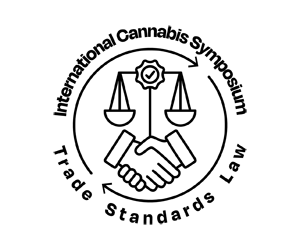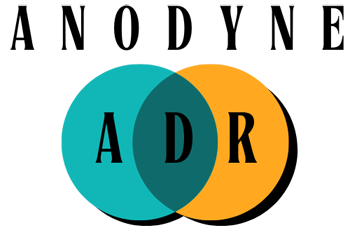As threats of regional war rise in the aftermath of the Israeli assassination of a Hamas leader in Tehran, Middle Eastern nations are also confronting a growing threat from the trafficking of weapons and drugs.
On May 23, 2024, while patrolling the Arabian Sea, the British Royal Navy destroyer HMS Diamond intercepted an unflagged fishing vessel smuggling 2,382 kilograms of hashish. The seizure was the ninth interdiction of narcotic substances this year by the Combined Maritime Forces, a U.S.-led naval coalition of 44 countries.
On June 5, 2024, Jordan’s Anti-Narcotics Division conducted counter-smuggling operations at Jordan’s Al-Omari border crossing with Saudi Arabia, foiling two attempts to smuggle 9.5 million Captagon pills and 143 kilos of hashish in construction vehicles into the Saudi Al Jawf region.
On Aug. 5, the Jordanian state news agency Petra said it blocked a new attempt to smuggle drugs into the country from Syria. Petra said several of the traffickers were injured by Jordanian security forces before retreating across the border.
Criminal networks have also increasingly used maritime routes off the Arabian Peninsula to traffic weapons. In January 2024, U.S. CENTCOM forces seized two dhows carrying arms and other lethal and dual-use items bound for the Houthis in violation of UN Security Council Resolution 2216.
Criminal syndicates have exploited the limited law enforcement capabilities of Persian Gulf Arab countries as well as security vacuums in Yemen and Syria to conduct illegal activities. The trade poses a multipronged threat to the Middle East’s long-term security and the well-being of its citizens.
The Combined Maritime Forces, launched in February 2002 as an anti-terrorist coalition, has gradually broadened its scope to include counter-smuggling. The command of it military arm, the Combined Task Force 150, rotates among coalition members every six months. CTF 150 patrols more than two million square miles from the Suez Canal to the Bab al-Mandeb and Strait of Hormuz. Its area of operation also covers the so-called “hash highway,” a route linking smuggling hotspots in the northwestern Indian Ocean.
Using shipborne helicopters, satellite images, and unmanned aerial vehicles, CTF 150 gathers intelligence on potential smugglers. Once a suspicious dhow is spotted, CMF naval assets dispatch a boarding team. Refusal to open a communications channel or the presence of floating packages near the dhow are among the most common indicators that the wooden sailing vessel is transporting an illicit haul. If inspection leads to the discovery of illegal substances, the boarding team seizes the cargo and destroys it at sea.
Over the past three years, the monetary value of drugs seized has soared. The CTF150’s narcotics seizures were valued at $48.5 million in 2019. The coalition confiscated nearly $1 billion worth of illicit substances between 2021 and 2022. In 2023, the British and French commands intercepted illegal hauls with an estimated street value of $320 million and $600 million, respectively. The smugglers’ shift to methamphetamines and heroin is primarily responsible for the uptick in value.
Since January 2024, CTF 150 has foiled at least nine smuggling attempts and seized 8,800 kilos of drugsaccording to date this analyst compiled from task force press releases. The naval coalition has also made significant strides in foiling weapons smuggling attempts. On January 11, 2024, naval forces from the USS Lewis B. Puller operating off the Somali coast seized Iranian arms, including critical components for ballistic and anti-ship cruise missiles.
Read more at https://www.stimson.org/2024/rising-drug-and-arms-smuggling-arabian-peninsula/




















